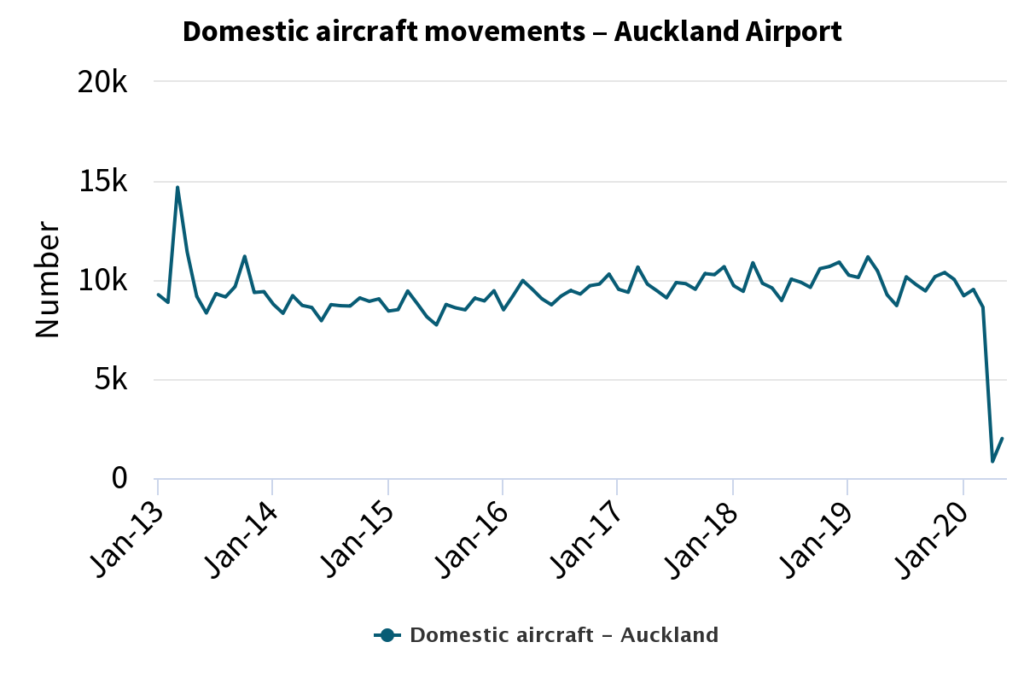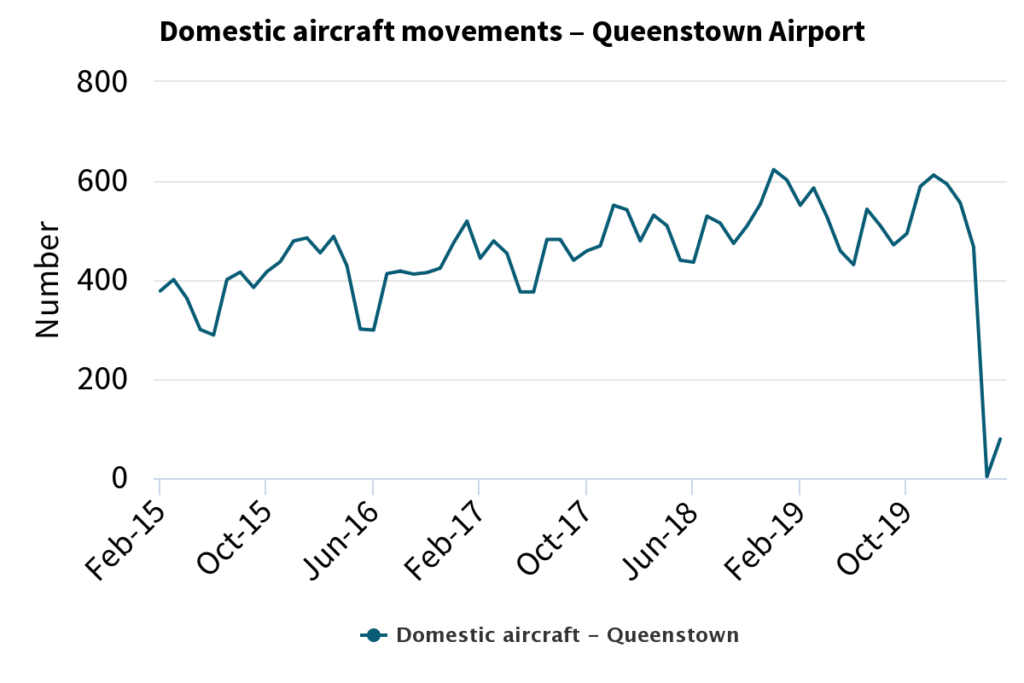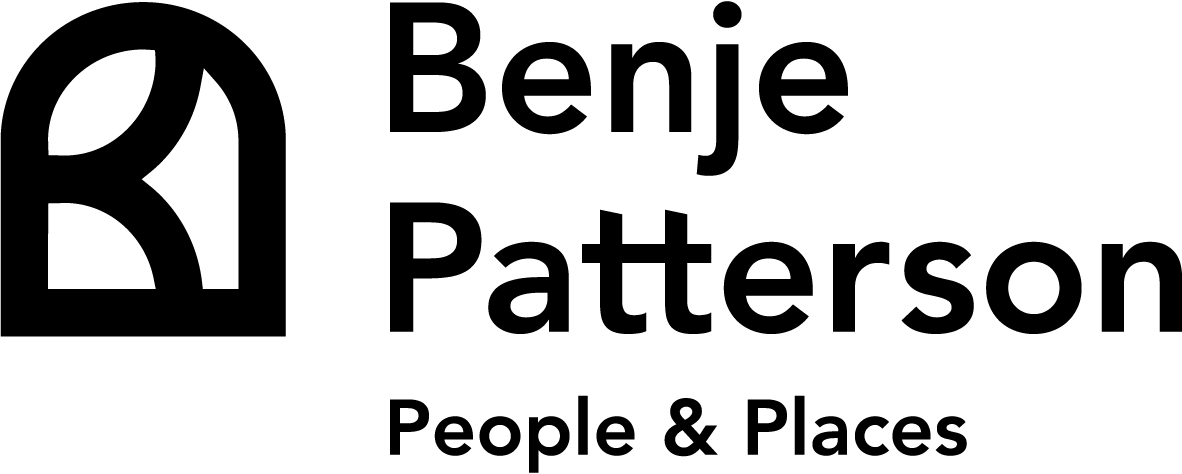Jetstar has resumed domestic operations, with the airline saying that it will initially be operating domestically at approximately 60% of its pre-Covid level from 1 July. That level is similar to Air New Zealand’s intended domestic schedule over the next couple of months. It seems that Jetstar has taken the pulse from its bigger, better resourced, and more seasoned domestic competitor.
Before Covid, Jetstar had close to a 20% market share in the domestic market. A share that the airline won through fierce competition with Air New Zealand. This competition had expanded the size of the overall pie by bringing domestic air travel within the budgets of a wider range of businesses and households.
In a recent interview with Susan Edmunds of Stuff, I said that Jetstar’s return announcement was accompanied with an aggressive post-Covid sale to try and get bums back on seats. Jetstar’s recent sale was in part enabled by lower jet fuel prices, but the steepness of discounting goes beyond just lower operating costs alone.
Jetstar is making a shrewd pitch for custom in the domestic market from people that are more price sensitive than they were in the relatively secure pre-Covid world. With people worrying more about their financial situations, there is arguably more scope for discount airlines to gain a bigger foothold than before. Air New Zealand will need to react with its own discounting to stimulate its own demand on competing routes or it will lose market share. This is particularly the case as the national airline tries to win back favour from its poorly handled airfare credit system.
Putting domestic aviation in perspective
The following two charts put the path to recovery for domestic aviation into perspective.
The first chart shows that monthly domestic flight movements through Auckland Airport usually run at about 10,000 per month, but fell as low as 837 in April and 1,999 in May.

The second chart shows that monthly domestic flight movements through Queenstown Airport usually run at 500-600 per month, but fell as low as 3 in April and 79 in May.

I will continue to monitor the re-emergence of domestic aviation over the coming months and how it relates to economic recovery in the regions.
For the consumer and tourism businesses in the regions, the heating up of competition between Air New Zealand and Jetstar is a win-win. Affordable and frequent regional air connectivity will soften the blow from no international visitors and enable businesses and people to connect with one another again.
